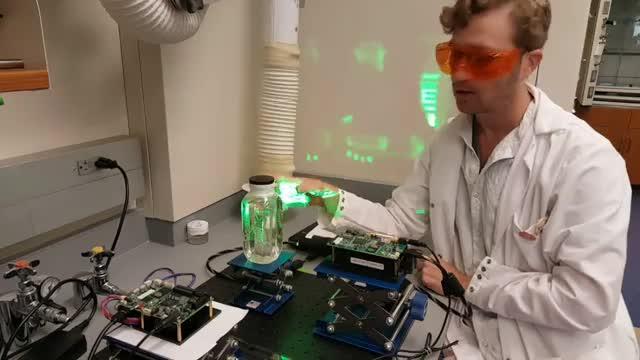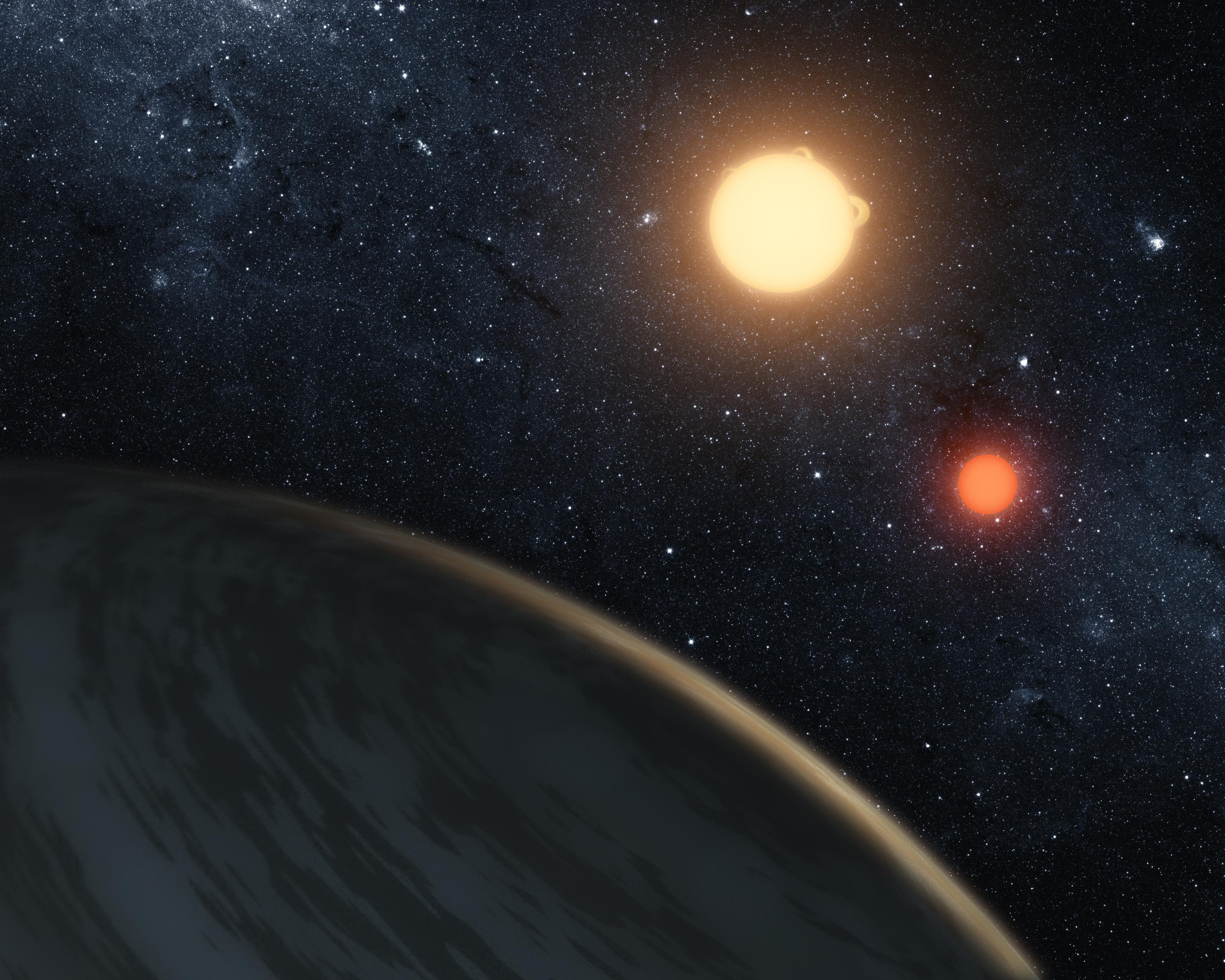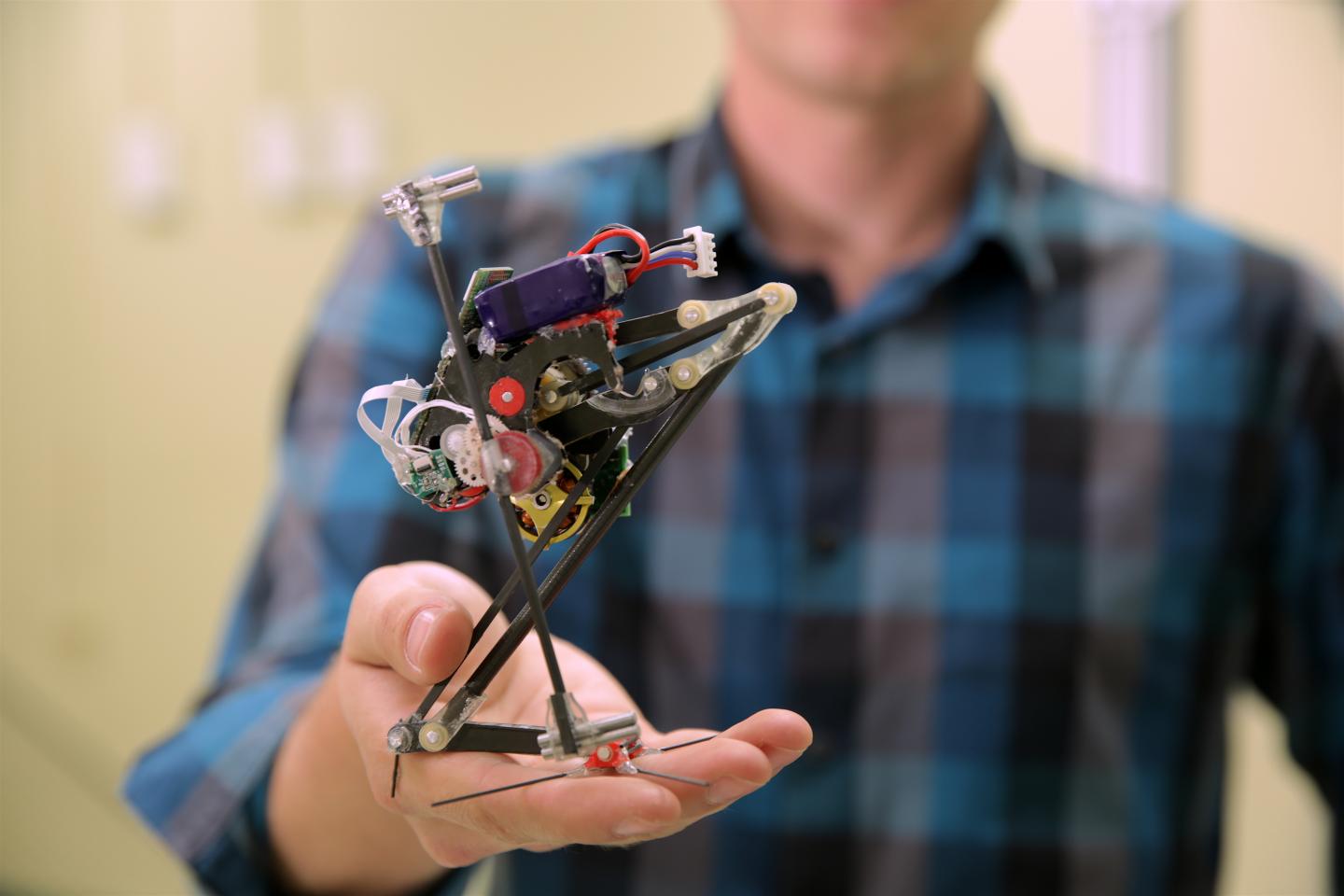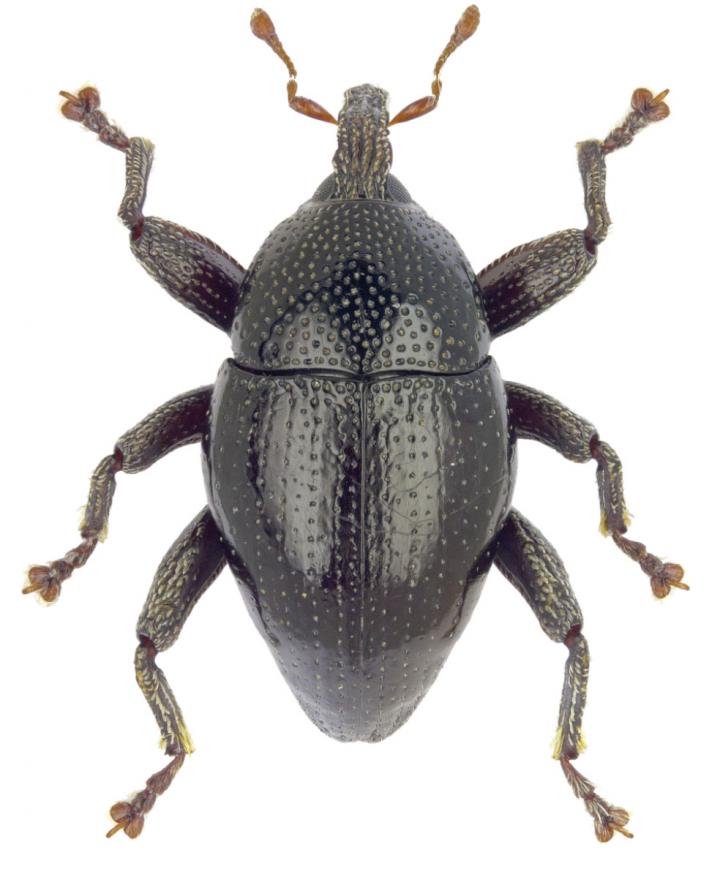“Help me, Obi-Wan Kenobi, you are my only hope”, Princess Leia says in the science fiction movie star Wars, released in 1977. It is part of the hologram presented by the robot R2-D2 and a scene that has remained in the memory of many viewers, such as the American Alexander Lippert. Shocked by the technology used in the film: “When I was a kid I kept thinking of a way to invent this,” he said. When he grew up he became a scientist and was able to realize his dream. He developed a technique for making 3D moving objects on a tabletop by structuring light.
Lippert isn’t the only researcher influenced by the Star Wars universe. George Lucas’ film pioneered the use of special effects and increased possibilities for the future. It is considered one of the most successful and influential films of all time, and is part of an epic that is still producing novelties. This week there will be four shows with soundtracks Star Wars: The Empire Strikes Back, composed by Academy Award winner John Williams, and to be performed by the Orchestra Teachers Association stable at Teatro Colon in Argentina during the screening of the film (released in 1980). Presented by Disney and Teatro Colonne.

“I was a big fan of Star Wars when I was a kid. I went to see the original movie in the cinema five times! I was amazed by lasers, robots, different communication languages, elevated vehicles or space travel and influenced my passion for science. I work in the field of nanotechnologies that were not developed in 1977. They were just a concept. But without a doubt, the saga of the Star Wars movie has left to many a small seed of curiosity, which is always the most important thing to awaken a world’s career”, he said to Infobae Dr. in Chemistry Gallo Soler Elijah, Researcher at Conicet and Founder and Dean of the Institute for Nanosystems at the National University of San Martin. Among other initiatives, the scientist and his team last year developed a nanotechnology coating to prevent infection, especially in hospitals.
There are many developments for scientists working in medicine, astronomy, robotics, chemistry, and physics, among other disciplines, who have been inspired by moments, technologies, or characters from the Star Wars saga. Even film and the epic itself are the subject of studies by researchers in the social sciences and cultural consumption.

Spanish Pilar Baldominos, who is currently working at the Dana-Farber Cancer Institute at Harvard University in the United States Evidence revealed about the defense mechanisms offered by some cancer cells to survive in the immune system and immunotherapy in the treatment of cancer. His work has been published in the magazine cell s Combines the results obtained thanks to the leading technology PADMEseq.
It is a technique that is combined with the use of JEDI mice that were also developed in the same laboratory by the Spanish director, Judith Ajudo Cantero. Both PADME and JEDI are names inspired by “Star Wars”. “In our lab, cancer is the dark side and science is the strength,” Baldominos said.
By combining PADME technology with JEDI mice, it is possible to identify areas that the immune system cannot kill under a microscope for comparison with other tumor areas. These discoveries could help better select patients who respond best to immunotherapy, as well as help improve existing treatments.

In astronomy, Star Wars has also left its mark. In this epic, Tatooine is mentioned, a non-circular inhabited desert planet located in the regions of the outer edge of the galaxy. It was the home planet of the influential characters Anakin and Luke Skywalker. It was part of a star system with two suns. Last February, astronomers – supported by the US space agency NASA – used new technology to confirm the true existence of a planet like Tatooine. In fact, they mentioned the planet from Star Wars in their studio ad.
The planet they found It’s Kepler-16b. It is about 245 light-years from Earth and is a gas giant the size of the planet Saturn. “This is confirmation that our method works,” said David Martin, co-author of the study and a NASA Sagan Fellow in the Department of Astronomy at Ohio State University. “And it gives us an opportunity to apply this method now to identify other systems like this one.”
There is interest in the technique they used: One of the main reasons is that planets orbiting two stars tend to be located at a distance that makes them candidates for life. These planets are often in the habitable zone, at a distance from the stars where liquid water can be found.” According to Martin.

In the Star Wars saga, the “tractor beam” was a projected force field that manipulated the forces of gravity to push or pull objects. He was in spacecraft and allowed to lock or move ships or other objects. In 2018, physicists at ITMO University in Russia developed a beam model of an optical jar to capture particles based on new man-made materials. The results were published in the journal ACS photonics.
“In future works we plan to conduct experiments to obtain tractor girders. This is a necessary step towards the practical application of this phenomenon. Although this technology will not help us in the near future to attract spacecraft or kidnap cows, it can be used, for example, to create special traps for particles and cells or to selectively trigger chemical reactions.Alexandra Ivinskaya, the first author of the published work, has reported.
As part of a US Army research project, scientists at the University of California at Berkeley have developed an agile robot, called Salto, that looks like an Imperial infantryman from star Wars in miniature. May be able to assist in exploration, search and rescue operations. It can jump more than three times its height: 30 cm. During disasters, with people trapped under the rubble, these types of robots can be really helpful in finding people in a way that is not dangerous for the rescuers.

Star Wars also inspires biologists and has been praised by many by giving names associated with characters in the saga to the types of organisms they discovered. One of them is Chewbacca, a tall, hairy, stocky-footed one from the planet Kashyyk. In Papua New Guinea, a group of researchers described a beetle Trigonopterus chewbacca. The insect stood out due to its strange scales on its head and legs, which made the authors think of the faithful companion of Han Solo’s character.. However, the beetle could not count on its size to scare away other species: it is only 2.78-3.13 mm. It is black in color and has a diamond shape, while its legs and antenna look rusty.
There are also scientific studies on the health of characters. Ronan Berg and Ronnie Plovsing, Physicians at the University Hospital Rijschuspitalt in Denmark, hA study has been published on the chronic respiratory failure of the character Darth Vader, who fought his master when Anakin Skywalker was nearly dead. He lost his legs and arms, and his lungs burned from inhaling lava fumes. “In any case, although the clinical course and treatment may differ somewhat from those typically found in our intensive care unit, Darth Vader provides examples of direct and indirect causes of acute lung injury, and can serve as a guide. An alternative and entertaining platform for conducting General discussion with medical students about different aspects of the pathophysiology of acute and chronic lung injuries,” emphasized the medical researchers.
Read on:

:quality(85)//cloudfront-us-east-1.images.arcpublishing.com/infobae/NPW52LX2KBDG5JIX6ZBA6QMMME.jpg)



